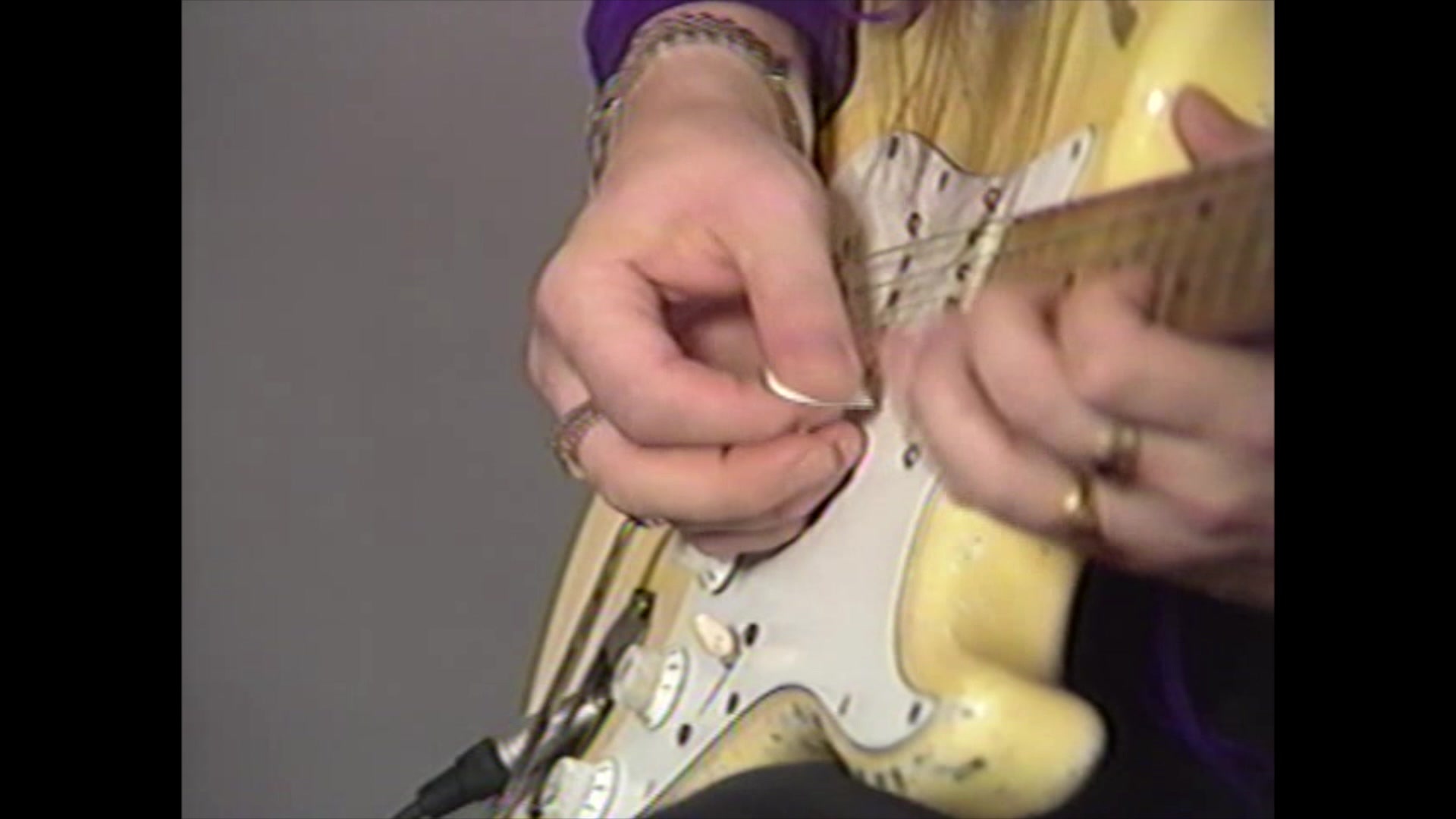Hi there,
I apologise if similar topics to this have been posted before.
I am trying to speed up my 2nps alternate picking patterns (using the pentatonic scale currently), however I am having some trouble with the string switching. For context, I currently feel my 6nps and 4nps usx playing is significantly better than 2nps usx albeit not perfect. When I play try to 2nps patterns fast, I feel that the pick will fall out of my hand easily, even if I use the same amount pressure on the pick I would for playing other licks (like 6nps and 4nps, where I don’t feel like this). I also feel like I sometimes want to start the next string on an upstroke instead of a downstroke.
I don’t know if some of these things are due to the fact that I’m not really used to playing so few notes on each string or If there is another problem. Has anoyone experienced anything similar?
I have no videos at the moment, but I will try to capture some soon.
Any help and/or ideas is really appreciated 
Thank you!




